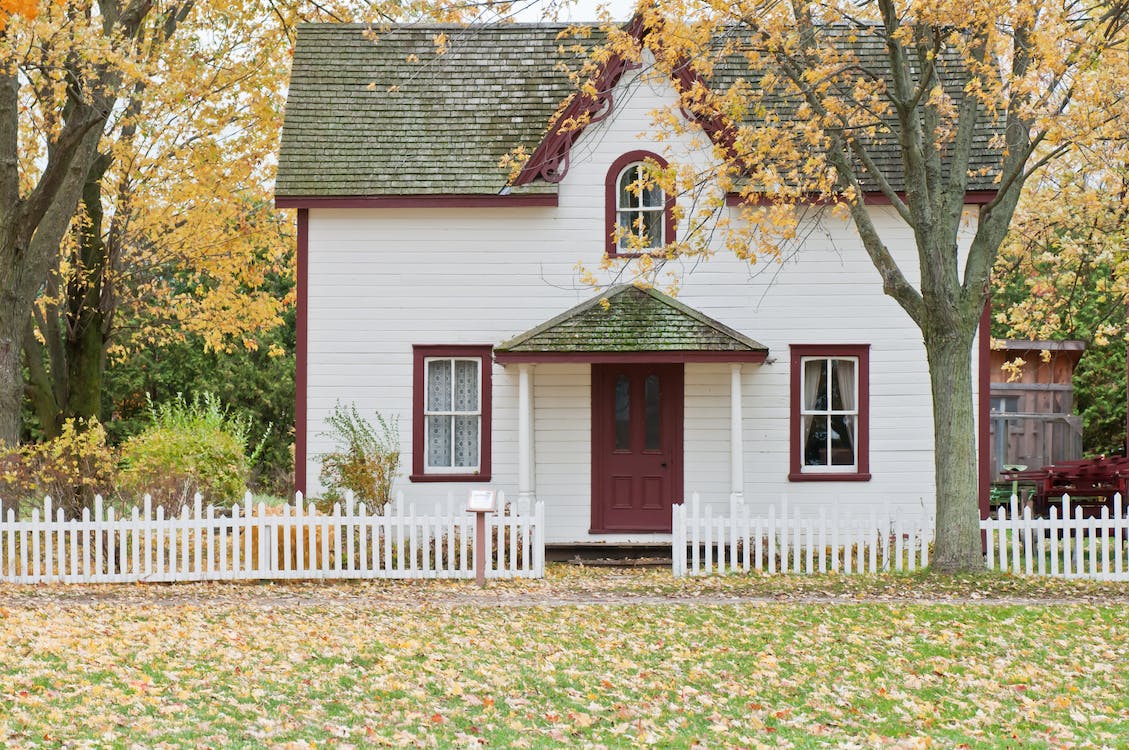As more and more people start to recognize the importance of reducing their environmental impact and saving money on energy bills, building a sustainable home is becoming increasingly popular.
Building sustainably not only helps the environment but also helps you prepare for disaster restoration, if your home should suffer any property damage. By incorporating sustainable strategies into your home, you can even reduce your risk of damage from natural disasters like floods, hurricanes and wildfires.
From designing for sustainability to choosing eco-friendly materials and energy-efficient systems, this article will take you through everything you need to know to build a home that’s both environmentally friendly and disaster-resistant.
Table of Contents
Designing for sustainability
When designing a home with sustainability in mind, the key is to reduce your environmental impact while creating a comfortable and energy-efficient living space. Here are some tips for designing a sustainable home:
Take advantage of natural light and heat
You can orient your home to take advantage of natural light and heat. By positioning your home to maximize sunlight during the winter and shading it during the summer, you won’t have to rely so much on heating and cooling systems. Not only is this better for the environment, but you will save money, too.
Use high-performance windows and insulation
Well-insulated homes with high-performance windows will keep the heat inside during the winter and outside during the summer, reducing your energy bills and carbon footprint at the same time.
Design for passive solar heating and cooling
Incorporating features like large south-facing windows, thermal mass and shading devices can help regulate the temperature of your home naturally, reducing your reliance on heating and cooling systems.
Consider the size and layout
Consider the size and layout of your home. Building a smaller house with an open floor plan can help reduce your energy needs while making your home still feel spacious.
Choosing sustainable materials
When building a sustainable home, it’s important to choose materials from sustainable sources that have a low environmental impact. Here are some tips for choosing sustainable materials:
Reclaimed and salvaged materials
These materials are a great option for sustainable building. They are often of high quality and can add character to your home. Some examples are reclaimed wood, salvaged bricks and recycled steel.
Bamboo
Bamboo is a fast-growing, renewable resource that can be used in many aspects of home construction, including flooring, cabinetry and furniture.
Recycled materials
Look for materials that can be reused, like recycled glass for countertops or insulation made from recycled denim.
Natural materials
Materials such as stone, clay and adobe have been used for centuries in home construction and have a low environmental impact. They are sturdy and can give your home an interesting touch.
Low VOC (volatile organic compound) materials
These materials are important for indoor air quality because they emit fewer harmful chemicals into the air. Some examples are low-VOC paint and flooring made from natural materials.
Incorporate energy-efficient systems
In addition to sustainable design and materials, energy-efficient systems are an important aspect of building a sustainable home. Some tips for choosing energy-efficient systems include:
HVAC systems
Heating, ventilation and air conditioning (HVAC) systems are responsible for a large portion of a home’s energy use. You should choose a high-efficiency HVAC system that’s properly sized for your home, with a SEER (Seasonal Energy Efficiency Ratio) rating of 14 or higher.
Water heaters
Consider installing a tankless water heater, which heats water on demand instead of storing hot water in a tank. They are more energy-efficient and can reduce your energy bills.
Lighting
Use energy-efficient lighting, such as LED bulbs, which use significantly less energy than traditional incandescent bulbs.
Appliances
Choose energy-efficient appliances, like refrigerators, dishwashers and washing machines, which are certified by “ENERGY STAR.”
Renewable energy
Consider installing renewable energy systems to generate electricity for your home. For example, solar panels or wind turbines can significantly reduce your reliance on fossil fuels and reduce your carbon footprint.
Maintenance and operations
Maintaining a sustainable home requires ongoing effort and attention on your part. After all, it’s important to ensure your systems and materials remain in good condition and continue to function efficiently as long as possible. Here are some tips for maintaining and operating a sustainable home:
Routine maintenance
Schedule regular maintenance for your HVAC system, water heater and other energy systems to ensure they continue to function at peak efficiency.
Water conservation
Aim to use water-saving fixtures and appliances, low-flow showerheads and faucets. Also, it’s important to fix any leaks as soon as they appear. You could also consider installing a water catchment system to collect rainwater. You can then use it to water your lawn or garden.
Recycling
Implement a comprehensive recycling program in your home to reduce waste and conserve natural resources.
Monitoring energy use
Monitor your energy use regularly to identify areas where you can reduce your consumption. Use a smart thermostat to adjust your heating and cooling settings automatically based on your schedule.
Conclusion
Keep in mind that building a sustainable home is a process that requires ongoing effort and attention to detail. However, the rewards you can expect are significant. From reduced energy bills and improved indoor air quality to minimizing your environmental footprint, making your home as sustainable as possible is a worthy effort.
Whether you’re renovating or building a new home, consider implementing these tips to create a more sustainable living space that you and your family can enjoy for years. By taking a thoughtful approach to home building, you can positively impact the environment and enjoy the benefits of a beautiful, sustainable home.





